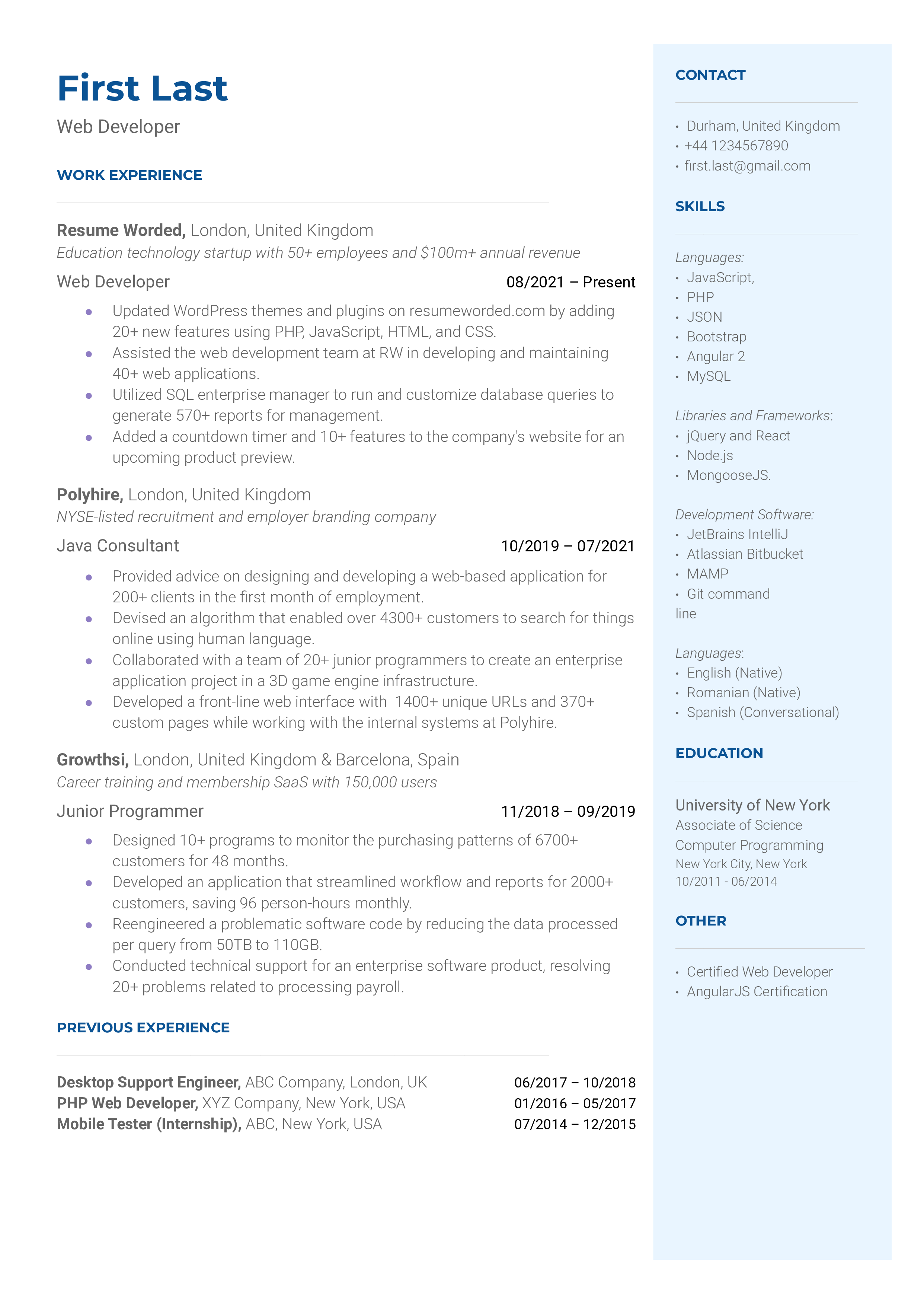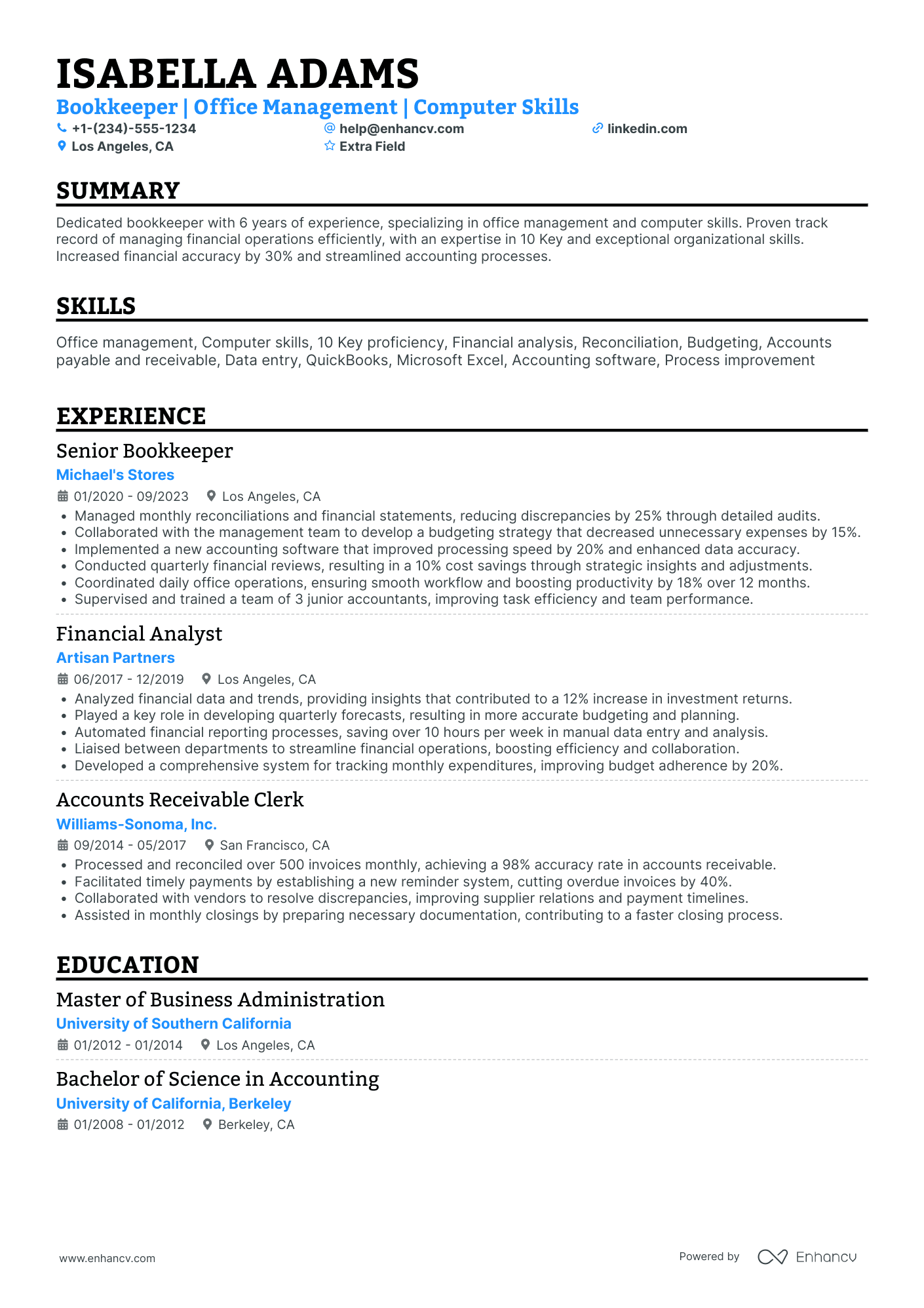Time Management Techniques That Save You 10+ Hours Weekly

Effective time management isn't about squeezing more activities into the same 24 hours; it's about strategically allocating your resources – time and energy – to achieve your goals more efficiently. Mastering time management can unlock significant chunks of time, potentially freeing up 10 or more hours each week. This newly reclaimed time can then be invested in personal development, hobbies, or simply relaxation, leading to a more balanced and fulfilling life.
Understanding Time Audit
Before implementing any time management technique, it's crucial to understand where your time currently goes. A time audit involves meticulously tracking your activities throughout the day, noting the time spent on each task. This can be done using a physical journal, a spreadsheet, or specialized time-tracking applications. The audit should span at least one week to capture a representative sample of your routine. Analyze the data to identify time-wasting activities, distractions, and inefficient processes. For example, you might discover that you spend an hour each day browsing social media or that emails consume far more time than anticipated.
Prioritization Strategies

Once you have a clear understanding of your time usage, prioritize your tasks based on their importance and urgency. Several frameworks can help with this:
The Eisenhower Matrix (Urgent/Important)
Also known as the Urgent-Important Matrix, this tool categorizes tasks into four quadrants: Urgent and Important (do these immediately), Important but Not Urgent (schedule these for later), Urgent but Not Important (delegate if possible), and Neither Urgent nor Important (eliminate these). Focusing on tasks in the Important but Not Urgent quadrant allows you to proactively work towards your goals instead of constantly reacting to immediate demands.
The Pareto Principle (80/20 Rule)
This principle states that roughly 80% of your results come from 20% of your efforts. Identify the 20% of tasks that yield the most significant results and focus your energy on them. For instance, if you're a student, you might find that attending lectures and actively participating in discussions contribute most to your understanding of the material and ultimately, your grades.
ABC Analysis
ABC analysis classifies tasks into three categories: A (high-value tasks), B (medium-value tasks), and C (low-value tasks). Dedicate the most time and attention to A tasks, followed by B tasks, and minimize the time spent on C tasks. This method helps to concentrate your efforts on activities that contribute the most to your overall objectives.
Effective Scheduling Techniques

After prioritizing tasks, create a schedule that reflects your priorities. Several scheduling techniques can help you stay organized and on track:
Time Blocking
Time blocking involves allocating specific blocks of time to specific tasks. Instead of simply creating a to-do list, you schedule dedicated time slots for each activity. This approach helps to prevent multitasking, promotes focus, and provides a visual representation of your commitments. For example, you might block out two hours each morning for writing, one hour for email management, and one hour for meetings.
The Pomodoro Technique
The Pomodoro Technique is a time management method that involves working in focused 25-minute intervals, separated by short 5-minute breaks. After every four "Pomodoros," take a longer break of 20-30 minutes. This technique helps to maintain concentration, prevents burnout, and promotes a sense of accomplishment. The structured intervals can be particularly helpful for tasks that require sustained focus.
Batching Similar Tasks
Grouping similar tasks together can reduce context switching and improve efficiency. For example, instead of checking emails throughout the day, dedicate specific time slots to processing emails in batches. Similarly, you could batch all phone calls or errands together. This approach minimizes distractions and allows you to enter a state of flow, leading to increased productivity.
Eliminating Time Wasters and Distractions
Identifying and eliminating time wasters and distractions is crucial for effective time management. Common time wasters include social media, excessive meetings, and unnecessary interruptions.
Minimize Digital Distractions
Social media notifications, emails, and instant messaging can constantly disrupt your focus. Turn off notifications, close unnecessary tabs, and consider using website blockers to limit access to distracting websites during work hours. Designate specific times for checking emails and social media to avoid constant interruptions.
Learn to Say No
Overcommitting yourself can lead to stress, overwhelm, and decreased productivity. Learn to politely decline requests that don't align with your priorities or that will stretch you too thin. Prioritize your own well-being and focus on tasks that contribute most to your goals.
Effective Meeting Management
Meetings can consume significant amounts of time if not managed effectively. Before scheduling or attending a meeting, ask yourself if it's truly necessary. If it is, ensure that there's a clear agenda, stick to the allotted time, and encourage participants to stay focused and on topic. Consider alternative forms of communication, such as email or instant messaging, for routine updates or information sharing.
Tools and Technologies for Time Management
Numerous tools and technologies can assist with time management, including:
Task Management Apps
Task management apps like Todoist, Trello, and Asana allow you to create to-do lists, prioritize tasks, set deadlines, and track progress. These apps can help you stay organized, manage projects effectively, and collaborate with others.
Calendar Apps
Calendar apps like Google Calendar, Outlook Calendar, and Apple Calendar allow you to schedule appointments, set reminders, and block out time for specific tasks. These apps can help you visualize your schedule, manage your commitments, and ensure that you allocate sufficient time for important activities.
Time Tracking Software
Time tracking software like Toggl Track and RescueTime can automatically track the time you spend on different tasks and websites. This data can provide valuable insights into your time usage and help you identify areas where you can improve efficiency.
By consistently implementing these time management techniques, you can significantly increase your productivity, reduce stress, and free up valuable time for personal development and other important aspects of your life. Remember that time management is a skill that requires practice and refinement. Experiment with different techniques to find what works best for you and adapt your approach as your needs evolve.

Comments
Post a Comment